5 Mins Read
From greenlabelling to greenlighting: here’s a guide to greenwashing vocabulary in all its shapes and forms, as well as examples to help you spot them.
So you’ve heard of greenwashing. But there’s a whole host of ways companies are making dubious claims about their sustainability credentials, ranging from slight exaggerations to downright fake news.
These terms were identified by think tank Planet Tracker in a report titled The Greenwashing Hydra, published earlier this year aimed at making it easier for us all to spot the “many-headed beast” that greenwashing has become in recent years.
While these greenwashing practices are not always illegal, they are ultimately used to mislead the public, consumers and investors about companies’ sustainability credentials, and thereby slowing down the need for speed and real action to combat the climate crisis.
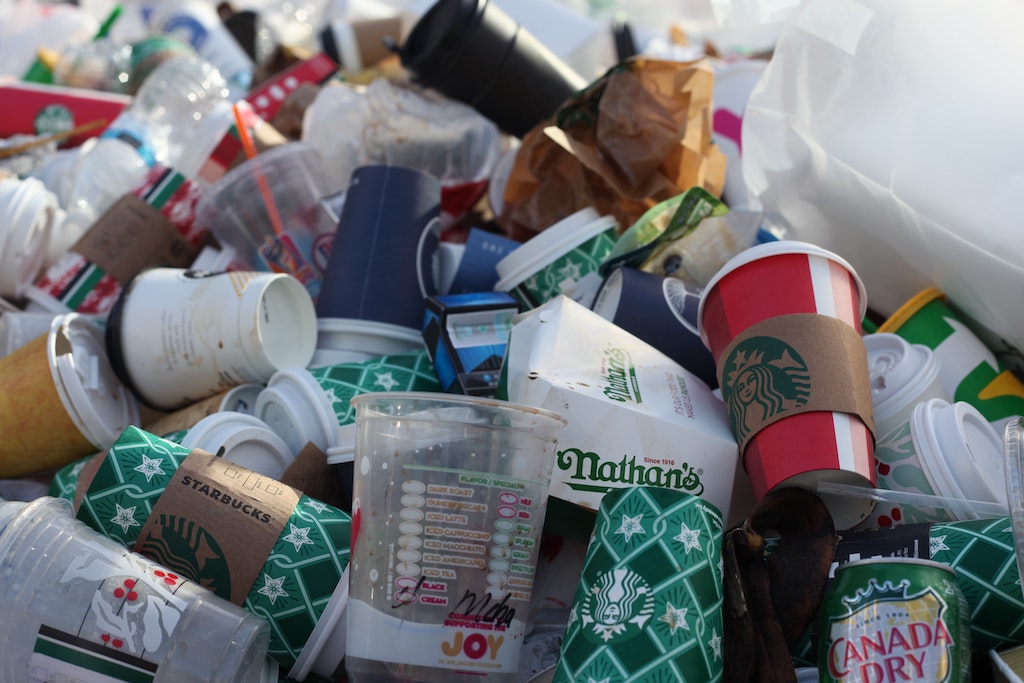
1. Greencrowding
Greencrowding is when brands stay hidden within the crowd to avoid having their unsustainable practices spotted. According to Planet Tracker, these companies are often the “slow movers” when it comes to developing eco-friendly policies. Analysts at the think tank describe this type of greenwashing as “particularly clever” because it is easy to conflate the large numbers associated with alliances on environmental issues with real impact.
Example: One instance of greencrowding cited by Planet Tracker is The Alliance to End Plastic Waste (AEPW), which is in fact linked to petrochemical giants and whose members have not removed or recycled 99.9% of their own plastic waste. As this instance shows, this is a safety-in-numbers strategy.
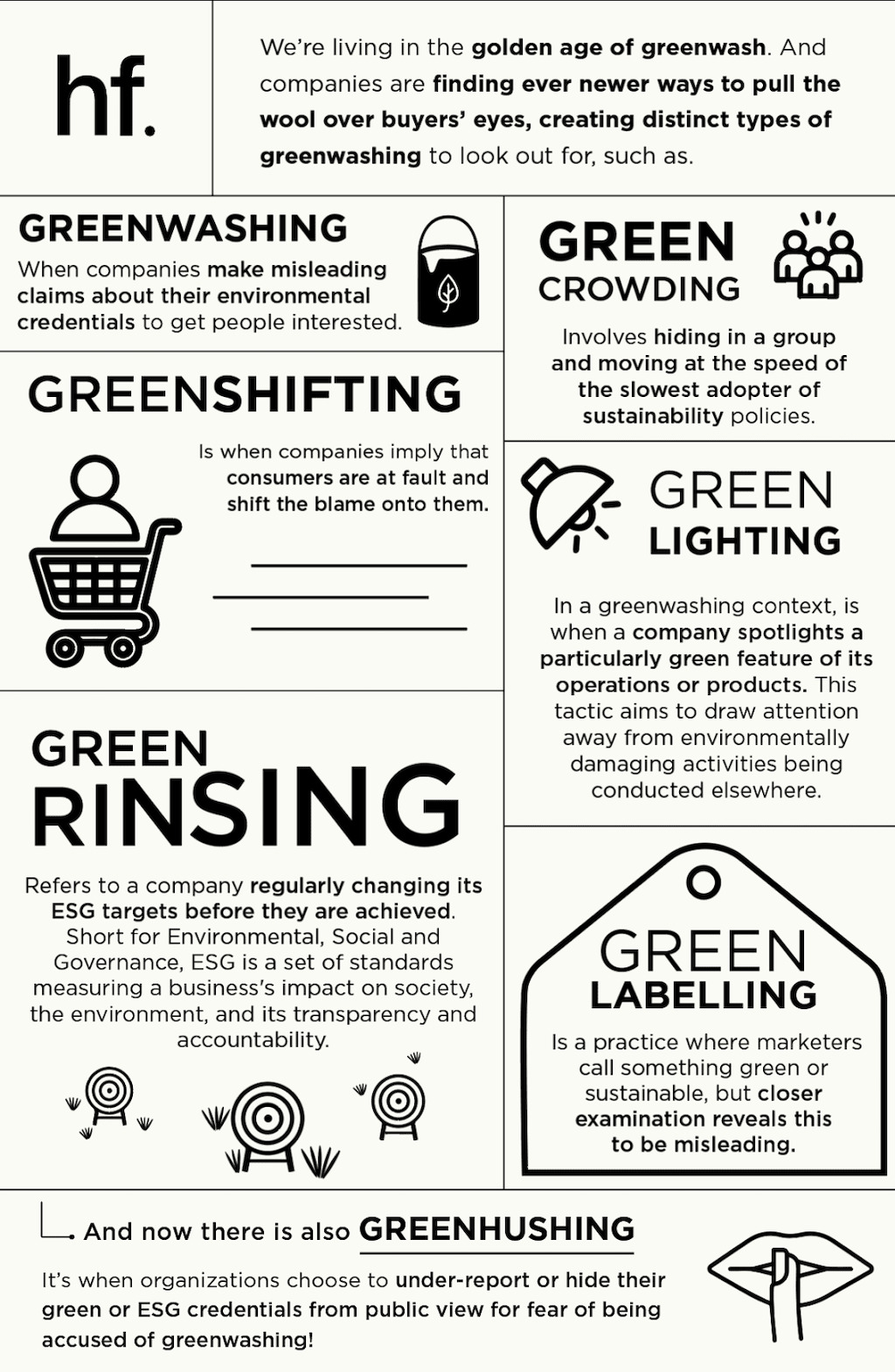
2. Greenhushing
Greenhushing happens when companies underreport their sustainability performance. By doing so, brands are hoping to reduce the likelihood of garnering scrutiny from investors. It’s one of the more sophisticated forms of greenwashing out there, and it’s harder to spot than more outright examples. Corporate management might also use greenhushing to make the company appear more sustainable than their guidelines suggest officially on paper, thereby gaining a green valuation uplift without having to go through stricter due diligence and scrutiny.
Example: BlackRock and HSBC, among others, have downgraded their sustainable investment funds, also known as Article 9 funds, to Article 8. Under the new classification, these funds are not subject to sustainable investment as their top objective, but rather support a “light green” approach to promote ESG characteristics.

3. Greenshifting
Greenshifting refers to the act of shifting blame. Companies might shift the responsibility onto consumers to be more sustainable and reduce their own individual footprint, rather than having to take meaningful action at the corporate or brand level. Often, it takes the form of brands referencing consumer demand, and in doing so, shifting the blame to what the market supposedly wants or dictates and that their own operations are merely acting in response to meet wider demand. As consumers are getting increasingly savvy with identifying greenwashing practices, this type of greenwash is becoming more rare, as it is one of the more obvious forms to shout out.
Example: Oil giant Shell asked what consumers would individually do to reduce their carbon footprint in November 2020. Similarly, BP launched a “Know Your Carbon Footprint” campaign back in October 2019, asking people to “know where they stand” using their carbon calculator.
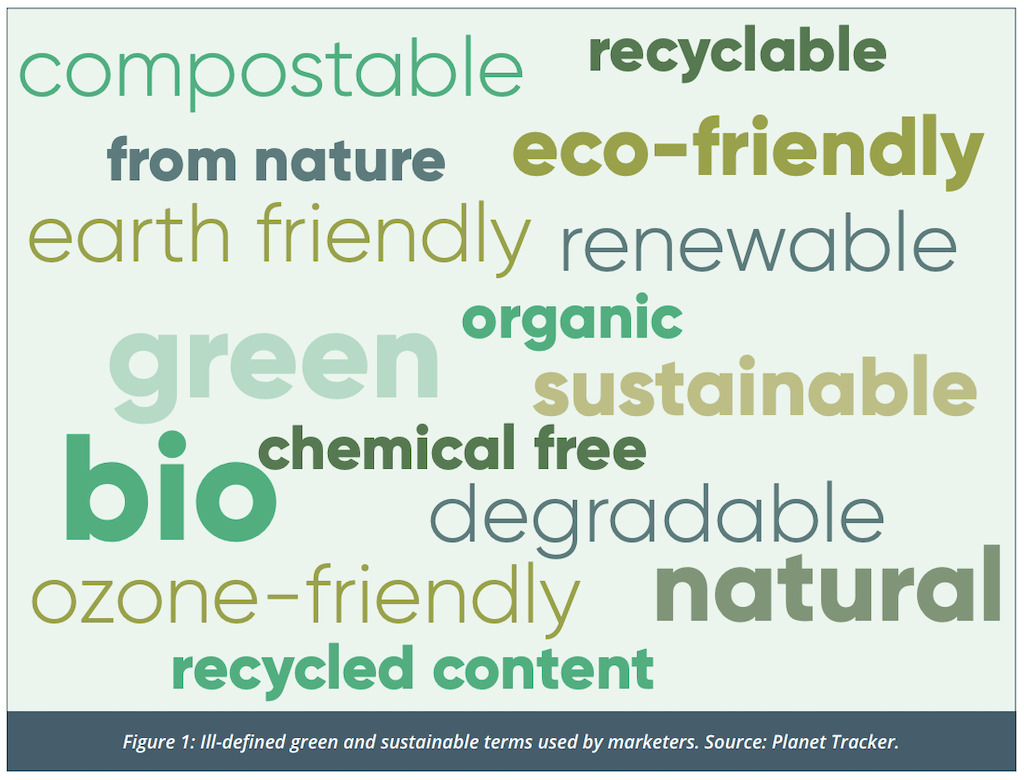
4. Greenlabelling
Greenlabelling describes a marketing tactic that implies a product is “green” or sustainable, but is a misleading—mislabelled—claim. It can also include marketing techniques that make a product appear more eco-friendly, such as green packaging or include deceptive descriptions and sustainable buzzwords. According to Planet Tracker, this type of greenwashing is currently the most pervasive, so much so that the European Commission has already called out the issue as a major problem, saying that it is “difficult…to makes sense of the many environmental labels and initiatives” available today.
Example: KLM Royal Dutch Airlines claims their carbon credit program, CO2ZERO, helps their customers offset the impact of their flight. The airline is now being sued for this misleading claim, with the lawsuit alleging KLM has provided no credible evidence that its program fully offsets the environmental impact of flying.
Related: 60% of Sustainable Fashion Claims are Greenwashing – Report
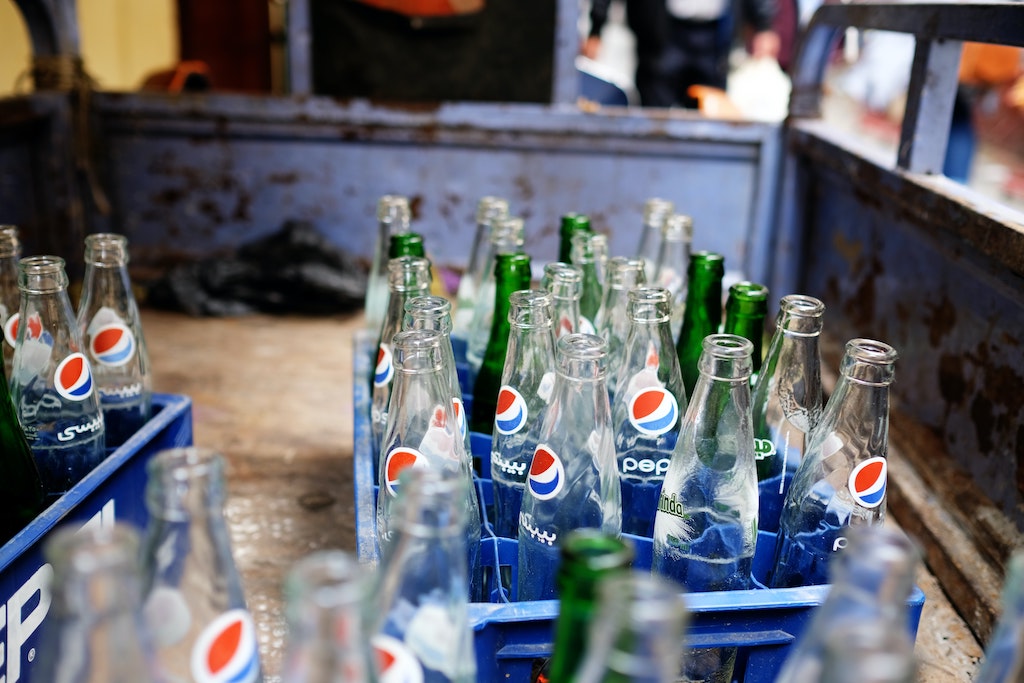
5. Greenrinsing
Greenrinsing happens when a company constantly changes its ESG targets right before they are achieved. Companies may also change the parameters and deadlines of previously set-out ESG goals in order to evade scrutiny. It’s a more sophisticated form of greenwashing and has become increasingly common as companies race to set out their sustainability claims and metrics in recent years, with many of these bold targets sounding too good to be true.
Example: PepsiCo adjusted their recycling targets right before the target date, pushing forward the deadline. Over the past 5 years, the company has moved its goalposts 3 times, according to Planet Tracker’s “Soda-pressing” report.
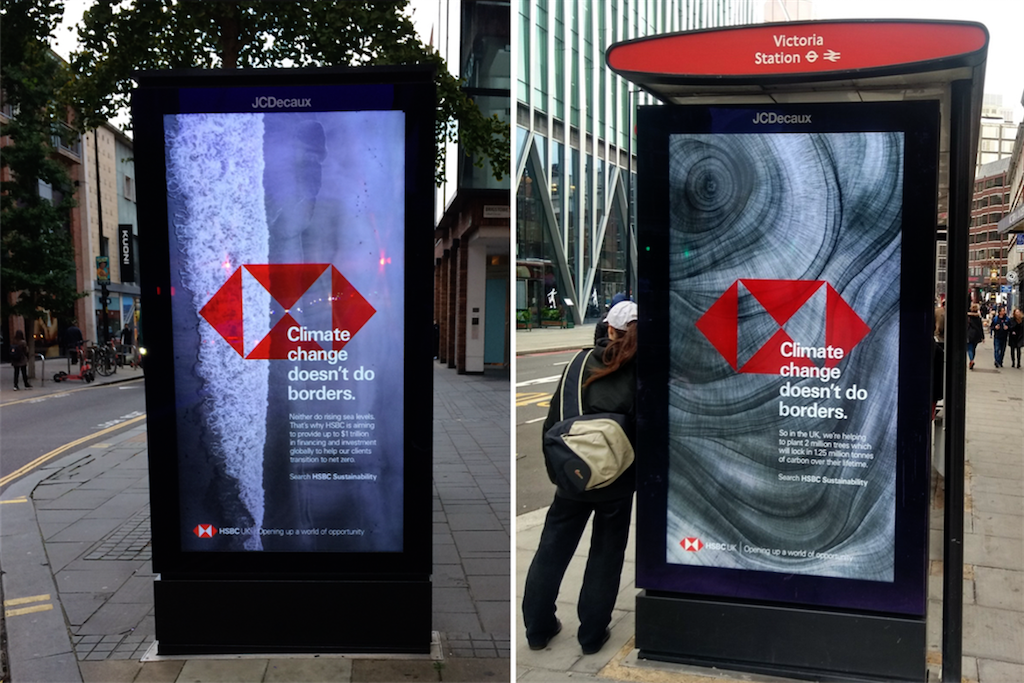
6. Greenlighting
Greenlighting refers to advertisements or corporate communication that highlights a green aspect—no matter how small—of a brand in order to reduce exposure to the other not-so-sustainable parts of a company’s operations. In other words, it dims the light on the ways a company could actually be causing damage to the planet.
Example: HSBC spotlighted their US$1 trillion in net-zero financing and initiative to plant 2 million trees in several advertisements ahead of COP26. However, the bank has been called out for their greenlighting posters that omit its huge contribution to carbon emissions in other aspects of its business in a recent ruling by the ASA, the UK’s ad regulator.
Lead image courtesy of Unsplash.




